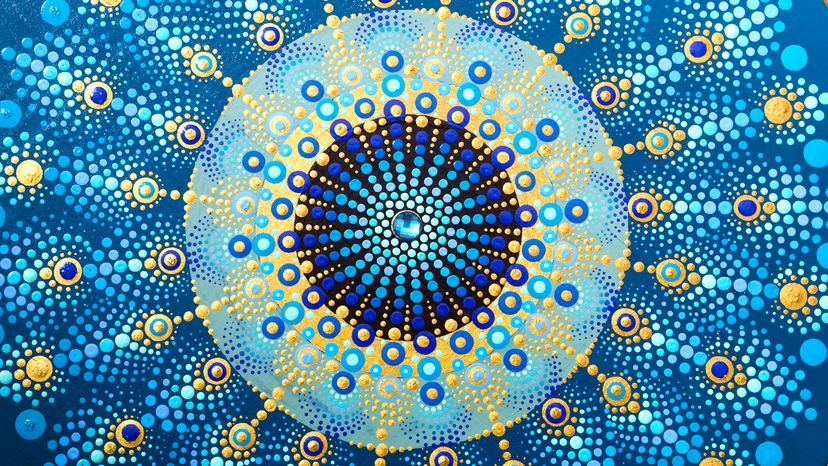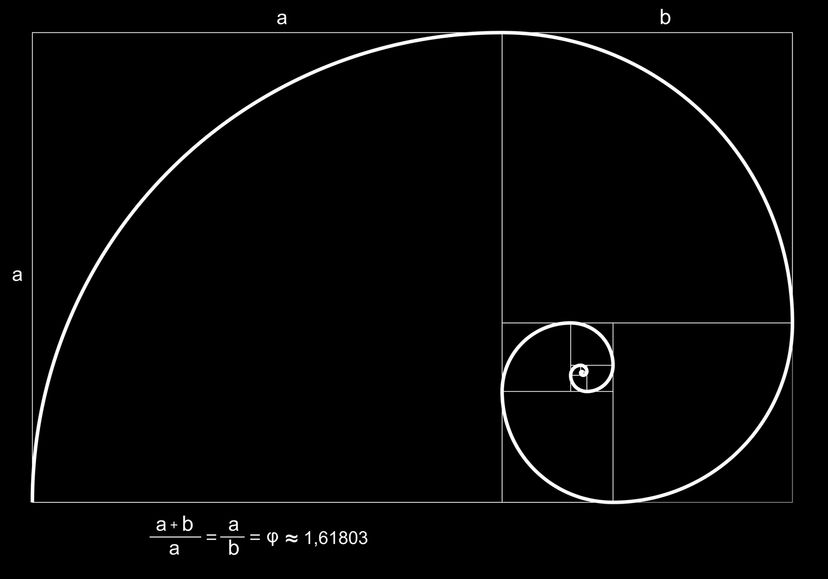
Sacred geometry, a term that immediately evokes curiosity, refers to geometric forms and patterns that appear throughout nature, art and architecture.
For centuries, sacred geometry has been associated with sacred spaces, religious art and spiritual awakening. From ancient civilizations to modern interpretations, sacred geometry is said to bridge the material world with cosmic consciousness, symbolizing the intricate connection between the earthly realm and the universe.
Advertisement
Whether found in the spiral of a shell form or the interconnected lines of a mandala, these shapes carry a symbolic representation of the patterns of life itself. Let's dive into its origins, examples and the ongoing debate about its scientific significance.


